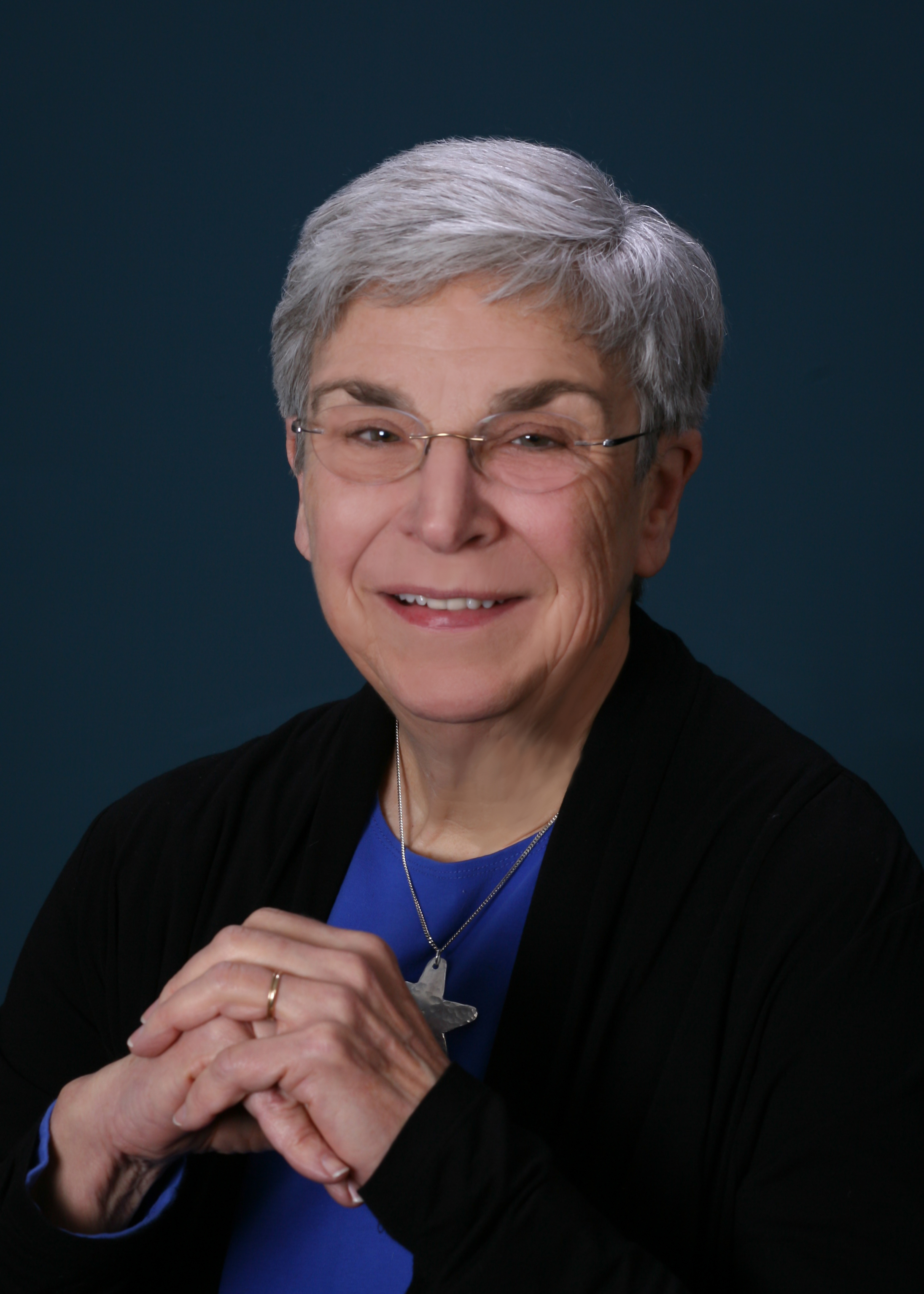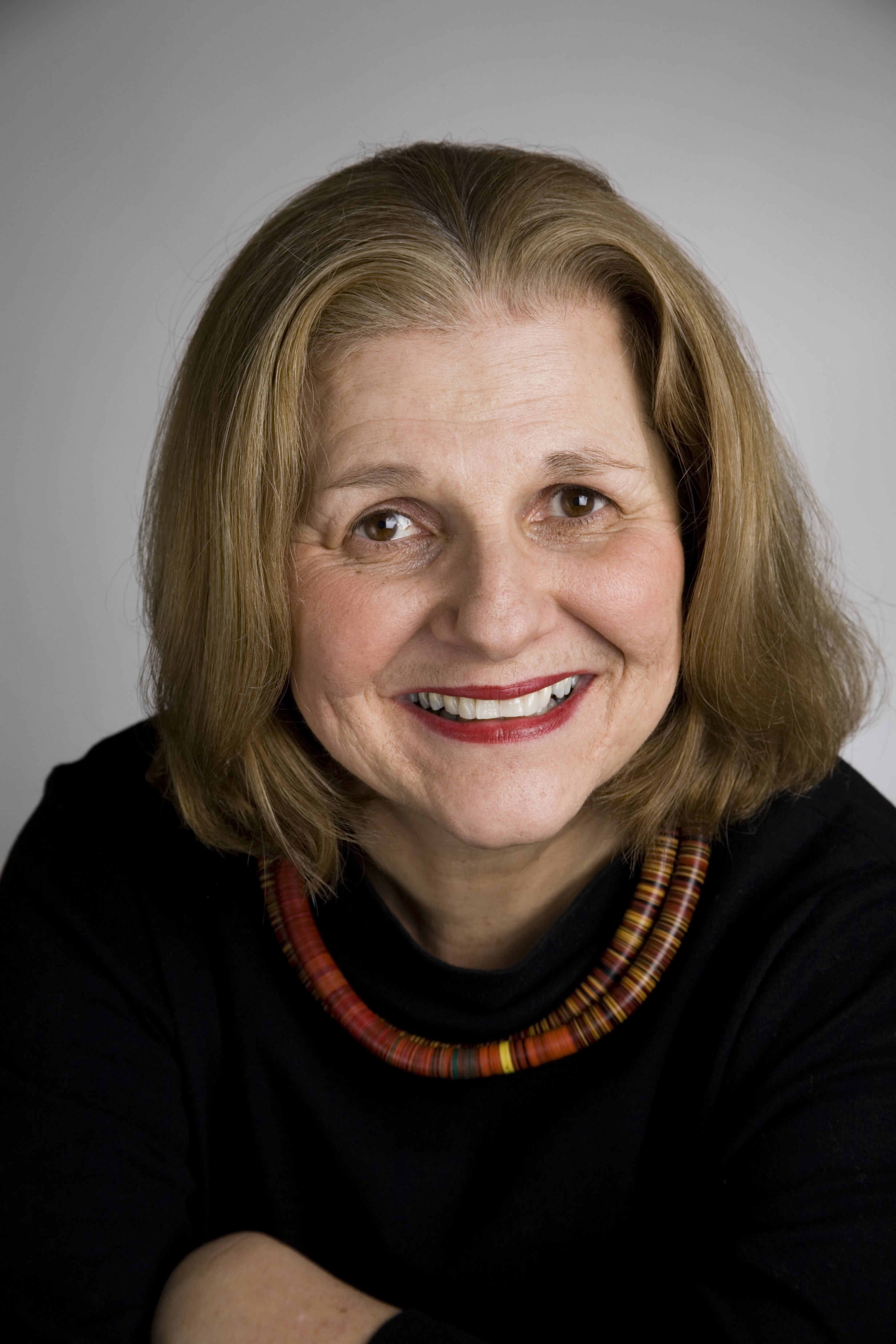In it together: Teachers, researchers and classroom SLA
Patsy M. Lightbown and Nina Spada
Abstract
Teachers and researchers are often characterized as distinct groups, facing each other across a “gap” that separates them. Teachers are described as having practical concerns that center on their own classrooms, with little patience for “theoretical” issues. Researchers are described as removed from day-to-day classroom concerns and oriented to more abstract factors which, if not “universal” are at least “generalizable”. Such stereotypes miss an important reality: teachers and researchers share the goal of making classroom teaching and learning as successful as possible, and what they learn from each other can have positive effects on classroom learning. The challenge is to create conditions in which these productive interdependent relationships can develop.
In our own classroom-based research we were fortunate that
“In it together” emphasizes the interdependent relationship between teachers and researchers. Importantly, the title of our talk also recognizes colleagues whose research is done outside classrooms (e.g., psychologists, corpus analysts, linguists) and whose insights have directly influenced our classroom research over the years.
Biography
 Patsy M.
Patsy M.
 Nina Spada is Professor Emerita in the Language and Literacies Education program at OISE, University of Toronto.
Nina Spada is Professor Emerita in the Language and Literacies Education program at OISE, University of Toronto.
Nina and Patsy began doing classroom-based research together in the1970s, observing and interpreting how teachers and students interacted in ESL classes in elementary and secondary schools in Quebec. Over four decades they have co-authored more than thirty publications based on their classroom research on instructed second language acquisition. They co-authored How Languages are Learned, an introduction to second language acquisition research, which grew out of their experience in both research and teacher education. They also co-edit the Oxford Key Concepts for the Language Classroom series, which is designed to give teachers access to information about research that can help them understand and develop their own classroom practice. Patsy and Nina are both Past Presidents of AAAL.
